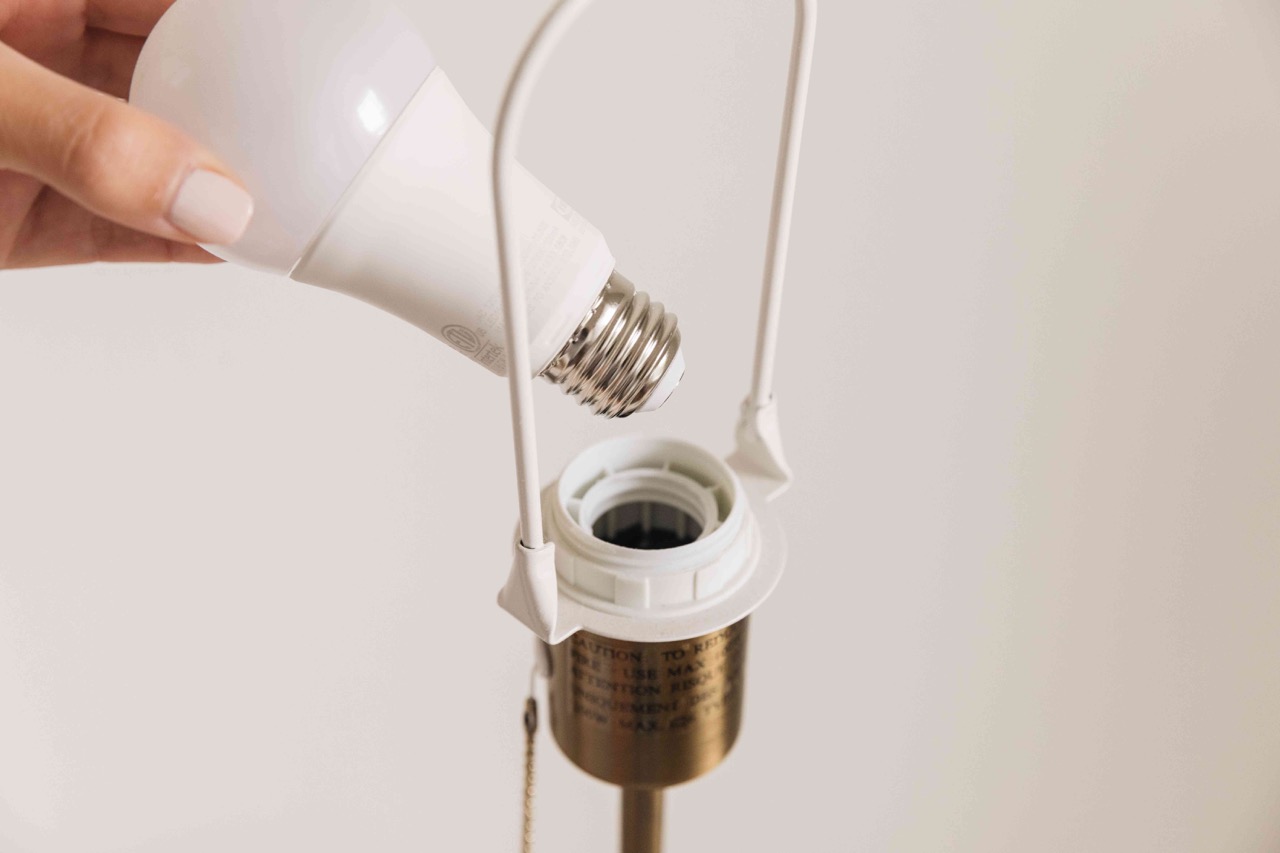

Articles
How Many Volts To Power A Light Bulb
Modified: May 6, 2024
Discover the ideal voltage needed to power a light bulb in our informative articles. Learn how to choose the right voltage for energy-efficient and long-lasting illumination.
(Many of the links in this article redirect to a specific reviewed product. Your purchase of these products through affiliate links helps to generate commission for Storables.com, at no extra cost. Learn more)
Introduction
Welcome to the world of lighting! Whether you are setting up a new home, renovating your space, or simply replacing a light bulb, understanding the basics of voltage is essential. The voltage of a light bulb determines the amount of electrical potential required to power it and plays a crucial role in its performance and functionality.
In this article, we will delve into the fascinating realm of voltage and its relationship with light bulbs. We will discuss the importance of choosing the right voltage, explore common voltages for light bulbs, and even explore voltage conversion options. By the end of this article, you will be equipped with the knowledge to make informed decisions about powering your light bulbs.
So, let’s jump right in and shed some light on the topic!
Key Takeaways:
- Understanding the relationship between voltage and light bulbs is crucial for creating the right ambiance and achieving optimal performance. Consider factors such as bulb type, fixture compatibility, and lighting purpose to make informed decisions.
- When choosing the right voltage for your light bulbs, remember that wattage measures energy consumption, not brightness. Be mindful of factors such as dimming capability, power supply stability, and environmental conditions that can affect voltage requirements.
Read more: How Many kWh Does A Light Bulb Use
Understanding Voltage
Before we dive into the specifics of powering light bulbs, let’s start by understanding what voltage is. Voltage is a measure of electrical potential difference, or the force that pushes electric current through a circuit. It is often referred to as electric pressure.
Voltage is measured in volts (V) and is typically provided by the power source, such as an electrical outlet or a battery. Different devices and appliances have different voltage requirements, and it is crucial to match the voltage of the power source with the voltage needed by the device for proper functioning.
For light bulbs, voltage is particularly important as it determines how much energy is required to produce light. Different light bulb technologies and designs have varying voltage requirements. Understanding these requirements will help you achieve optimal brightness and prolong the lifespan of your light bulbs.
Now that we have a basic understanding of voltage, let’s explore its relationship with wattage, another crucial factor in powering light bulbs.
Wattage and Voltage Relationship
When it comes to lighting, wattage and voltage go hand in hand. While voltage determines the electrical potential required to power a light bulb, wattage measures the amount of power the bulb consumes and the brightness it produces.
Wattage is measured in watts (W) and is an indicator of how much energy is being used by the light bulb. It is important to note that wattage is not the same as brightness. A higher wattage does not necessarily mean a brighter light. Instead, it signifies a greater energy consumption.
The relationship between voltage and wattage can be understood through Ohm’s law. Ohm’s law states that the power consumed by a device is equal to the product of voltage and current. In the case of light bulbs, the current is typically constant, so the power consumption is directly proportional to the voltage supplied.
However, it’s important to follow the manufacturer’s recommendations for the appropriate wattage for each specific light fixture. Using a bulb with a higher wattage than what the fixture is rated for can cause overheating and potentially lead to electrical hazards.
Now that we understand the relationship between wattage and voltage, let’s move on to the next step: choosing the right voltage for your light bulbs.
Choosing the Right Voltage for Light Bulbs
When it comes to choosing the right voltage for light bulbs, it is essential to consider several factors. These factors include the type of light bulb, the fixture, and the intended purpose of the lighting.
1. Type of Light Bulb: Different types of light bulbs have different voltage requirements. The most common types of light bulbs include incandescent, halogen, fluorescent, and LED bulbs. Incandescent and halogen bulbs typically have a voltage range of 110-120 volts, while fluorescent and LED bulbs can operate at a wider range of voltages, typically between 100-277 volts.
2. Fixture Compatibility: It’s important to check the voltage specifications of the light fixture or lamp you plan to use. The fixture will have a recommended voltage range, and it is vital to match it with the voltage capabilities of your light bulb to ensure compatibility and safe operation.
3. Lighting Purpose: Consider the purpose of the lighting. Are you looking for ambient lighting, task lighting, or accent lighting? Different lighting applications may require different voltage levels to achieve the desired brightness and effect. For example, task lighting may require higher voltages to provide sufficient illumination for detailed work, while ambient lighting may require lower voltages for a softer, more relaxed ambiance.
It is always recommended to refer to the manufacturer’s specifications and guidelines for the correct voltage to use with your specific light bulb model. This will ensure proper performance, longevity, and safety.
Now that we have covered the basics of choosing the right voltage for light bulbs, let’s explore some common voltages used in various types of light bulbs.
When choosing a voltage for a light bulb, always check the manufacturer’s specifications to ensure you are using the correct voltage. Using the wrong voltage can lead to a shortened lifespan or even damage to the bulb.
Common Voltages for Light Bulbs
Light bulbs come in various voltage options, each designed to meet specific lighting needs. Here are some common voltage ranges used in different types of light bulbs:
1. Incandescent and Halogen Bulbs: Incandescent and halogen bulbs are typically designed to operate at 110-120 volts. These bulbs produce light by passing an electric current through a tungsten filament, which becomes hot and emits light. They are commonly used in household lamps, ceiling fixtures, and outdoor lighting.
2. Fluorescent Bulbs: Fluorescent bulbs usually operate at a range of 100-277 volts. These bulbs use an electric current to excite mercury vapor, which then emits ultraviolet light. This light is then converted into visible light by a phosphor coating on the inside of the bulb. Fluorescent bulbs are widely used in commercial spaces, offices, and residential areas where energy efficiency and long lifespan are desired.
3. LED Bulbs: LED bulbs have a wider voltage range of 100-277 volts. LED stands for light-emitting diode, and these bulbs produce light by passing an electric current through a semiconductor material. LED bulbs are highly energy-efficient, have a long lifespan, and are available in various color temperatures and brightness levels. They are widely used in residential and commercial lighting applications.
It is important to note that these voltage ranges are general guidelines, and there may be variations depending on the specific brand, model, and region. It is always best to consult the manufacturer’s specifications to ensure compatibility with your lighting fixtures.
Now, let us consider the factors that can affect the voltage requirements for light bulbs.
Read more: How Many Watts In A Light Bulb
Factors Affecting Voltage Requirements
While common voltages exist for different types of light bulbs, there are certain factors that can affect the specific voltage requirements for a particular bulb. Understanding these factors is essential for ensuring proper functionality and longevity of your lighting system:
1. Light Bulb Technology: Different light bulb technologies have varying voltage requirements. Incandescent and halogen bulbs typically require 110-120 volts, while fluorescent and LED bulbs can operate within a wider voltage range of 100-277 volts. It is crucial to choose a bulb that is compatible with the voltage range of your electrical system.
2. Dimming Capability: If you plan to use dimmable light bulbs, it is important to consider their voltage requirements. Dimmable LED bulbs, for example, may have specific voltage compatibility for optimal dimming performance. It is important to check the manufacturer’s specifications to ensure that the dimmable bulbs you choose are suitable for your desired voltage range.
3. Power Supply Stability: The stability of the power supply in your electrical system can also impact the voltage requirements. Fluctuations in voltage can affect the performance and lifespan of your light bulbs. It is recommended to use steady and reliable power sources to maintain consistent voltage levels for your lighting system.
4. Wiring and Electrical System: The wiring and electrical infrastructure of your space can impact the voltage requirements for your light bulbs. Factors such as wire gauge, distance from the power source, and the overall electrical load can affect voltage drop and may require adjustments in bulb selection or voltage regulation measures.
5. Environmental Conditions: Harsh environmental conditions can impact the voltage requirements for light bulbs. Extreme temperatures, humidity levels, and other environmental factors can affect the performance and lifespan of bulbs. It is important to choose bulbs that are designed for the specific environmental conditions in which they will be used.
Considering these factors will help you make informed decisions about the voltage requirements for your light bulbs, ensuring optimal performance and longevity. However, in some cases, you may need to convert the voltage to meet specific requirements. Let’s explore some voltage conversion options.
Voltage Conversion Options
In certain situations, you may find yourself needing to convert the voltage to match the requirements of your light bulbs. Here are a few options for voltage conversion:
1. Transformers: Transformers are commonly used to convert voltage levels. They work by stepping up or stepping down the voltage to match the specific requirements of your light bulbs. For example, if you have a light bulb that requires 220 volts but your power source provides 110 volts, you can use a transformer to step up the voltage and power the bulb efficiently.
2. Voltage Regulators: Voltage regulators are electronic devices that help stabilize the voltage output to ensure a consistent level of power. They are often used in areas where power fluctuations are common. Voltage regulators not only help protect your light bulbs from voltage spikes or surges but also allow you to adjust the voltage output to meet the specific requirements of your bulbs.
3. Multivolt Light Bulbs: Some light bulb models are specifically designed to operate within a range of voltages. These multivolt bulbs can accommodate various voltage levels, making them versatile and suitable for use in different locations. They eliminate the need for voltage conversion devices and offer flexibility in installation.
When considering voltage conversion options, it is essential to check the compatibility of your light bulbs with the chosen method. Some bulbs may not be suitable for use with transformers or voltage regulators. It is always best to consult the manufacturer’s recommendations and guidelines.
Before making any modifications to your electrical system or attempting voltage conversion, it is crucial to consult a qualified electrician. They can assess your specific requirements, ensure compliance with safety standards, and provide guidance on the best approach for your lighting needs.
Now, let’s summarize what we’ve covered in this article.
Conclusion
Understanding voltage and its importance in powering light bulbs is essential for creating the right ambiance and achieving optimal performance. The voltage of a light bulb determines the electrical potential required to power it, while wattage measures the amount of power it consumes and the brightness it produces.
When choosing the right voltage for your light bulbs, consider factors such as the type of bulb, fixture compatibility, and the intended purpose of the lighting. It’s crucial to follow the manufacturer’s recommendations and guidelines to ensure safe and efficient operation.
Common voltages for light bulbs include 110-120 volts for incandescent and halogen bulbs, and a wider range of 100-277 volts for fluorescent and LED bulbs. However, factors such as light bulb technology, dimming capability, power supply stability, wiring, and environmental conditions can affect the specific voltage requirements.
In cases where voltage conversion is needed, options such as transformers, voltage regulators, or using multivolt bulbs can be considered. It is important to consult the manufacturer’s recommendations and seek professional advice from an electrician to ensure compatibility and safety.
By understanding the relationship between voltage and light bulbs, making informed choices, and considering voltage conversion options when needed, you can create a lighting system that is both functional and visually appealing.
Remember, when it comes to lighting, voltage plays a crucial role in determining how bright or dim your space will be. So, embrace the power of voltage and let your light bulbs shine!
Now that you're savvy about the voltage needed for light bulbs, why not brighten up your space with some stylish options? Our next piece showcases the 15 best LED mirrors that blend functionality with flair. Perfect for those looking to enhance their home's ambiance, these mirrors offer brilliant lighting solutions that are sure to impress. Don't miss out on transforming your rooms with these luminous accents.
Frequently Asked Questions about How Many Volts To Power A Light Bulb
Was this page helpful?
At Storables.com, we guarantee accurate and reliable information. Our content, validated by Expert Board Contributors, is crafted following stringent Editorial Policies. We're committed to providing you with well-researched, expert-backed insights for all your informational needs.
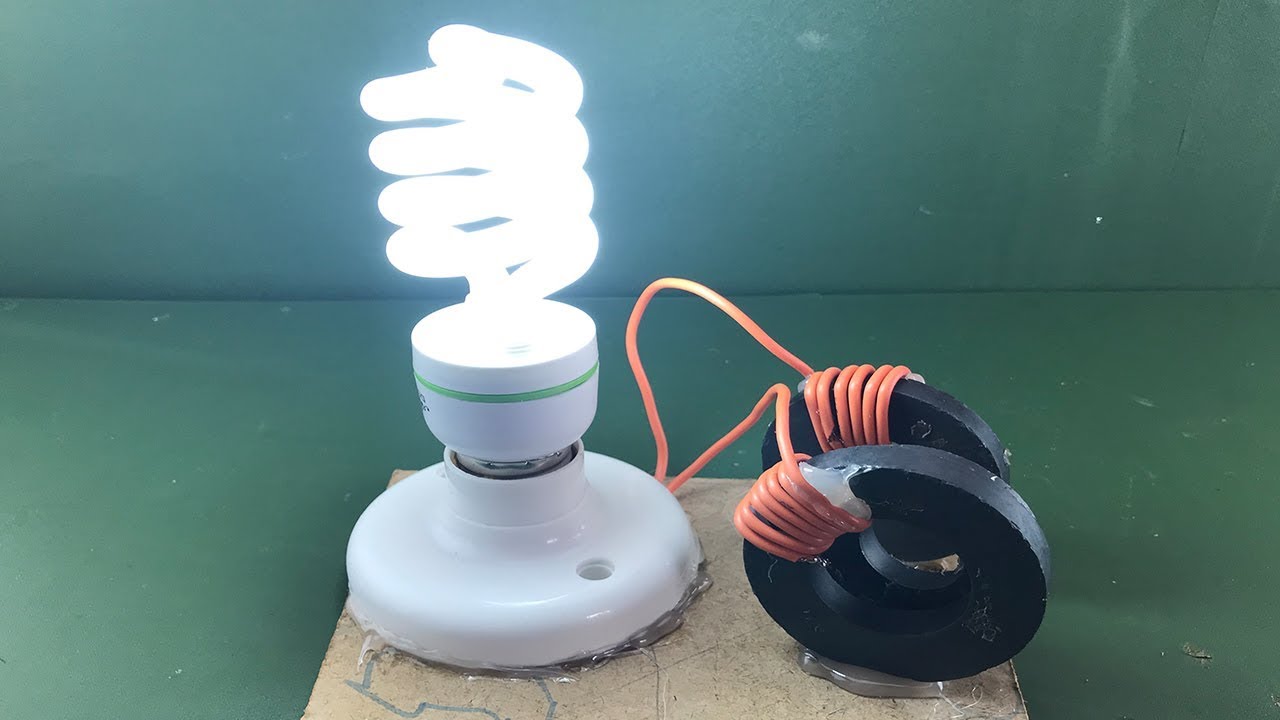
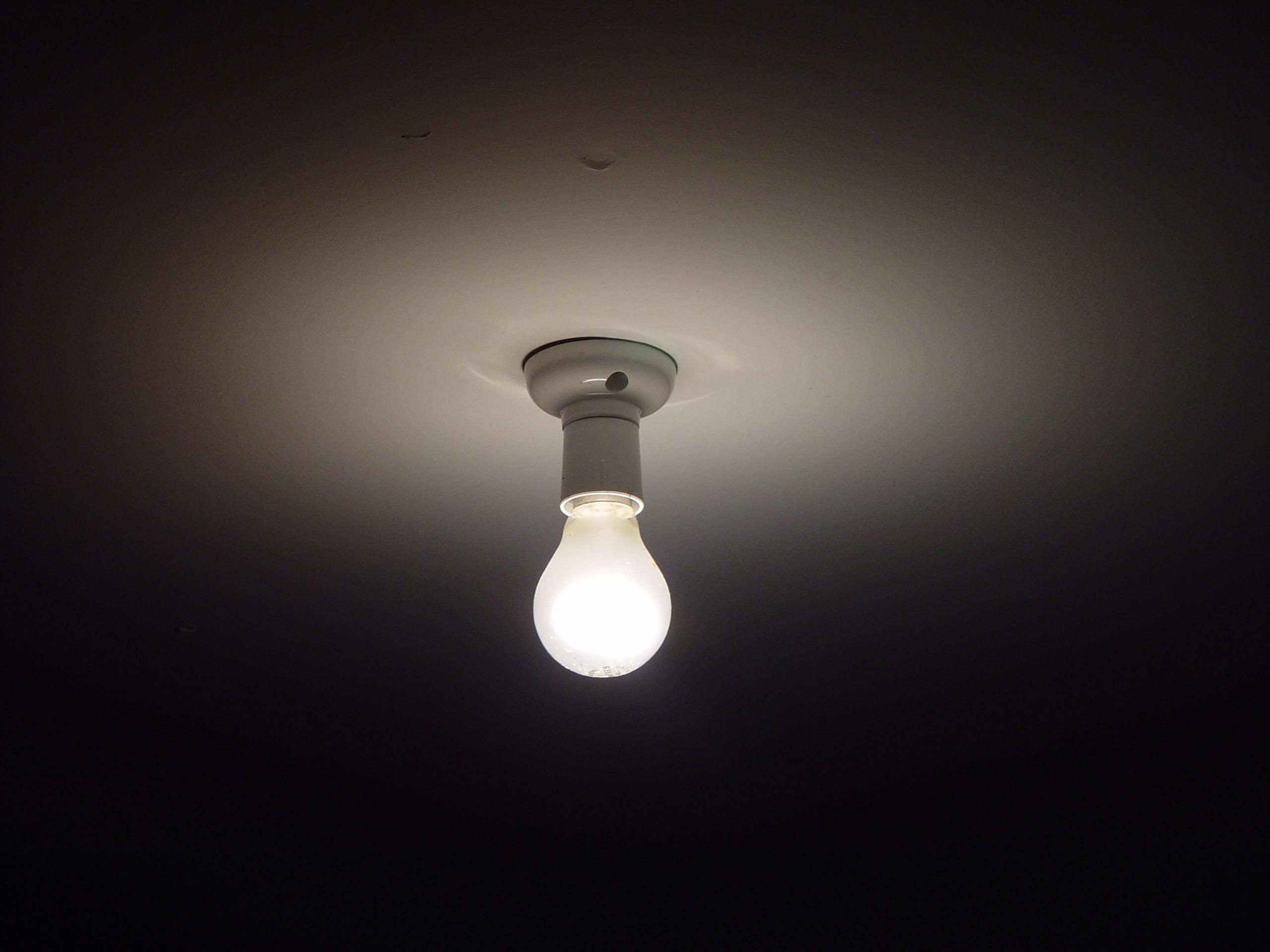
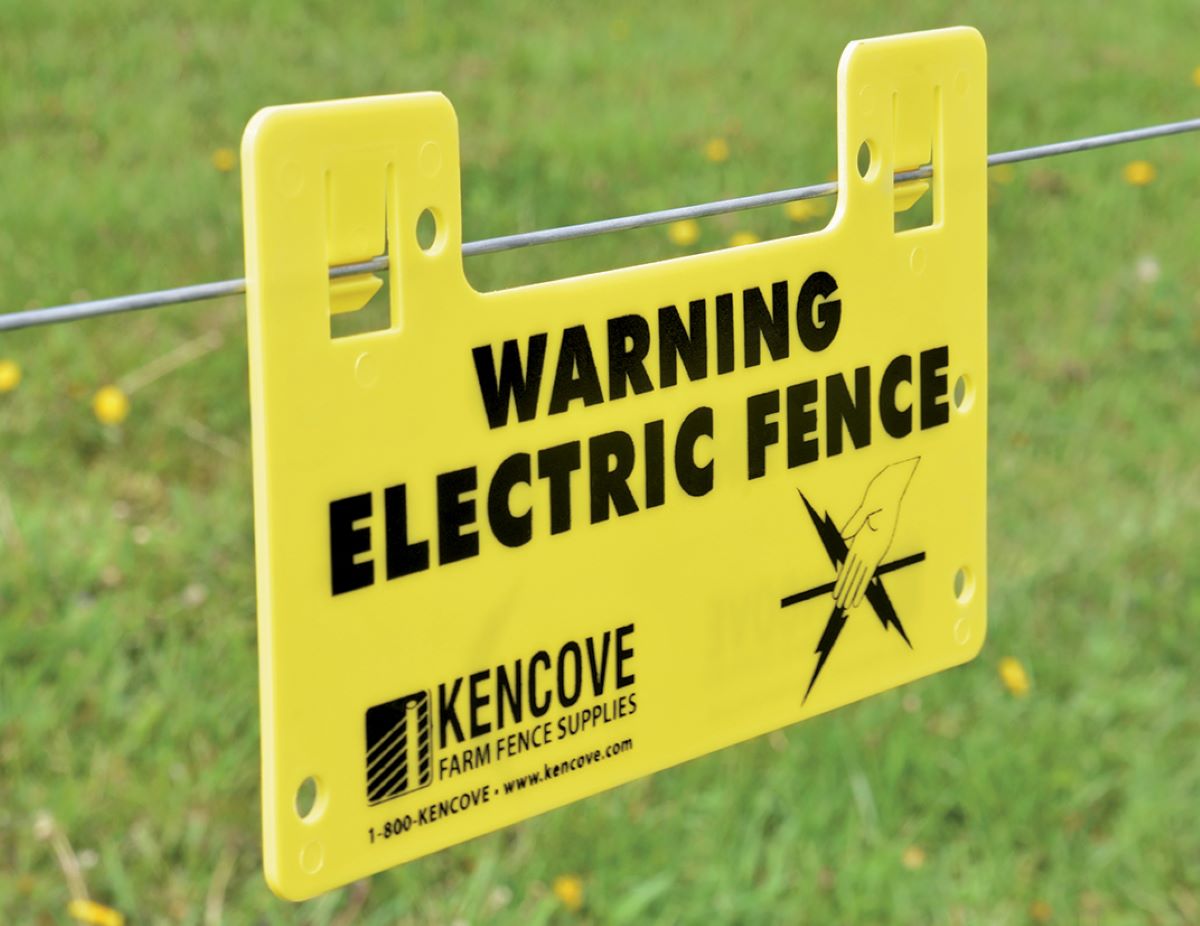

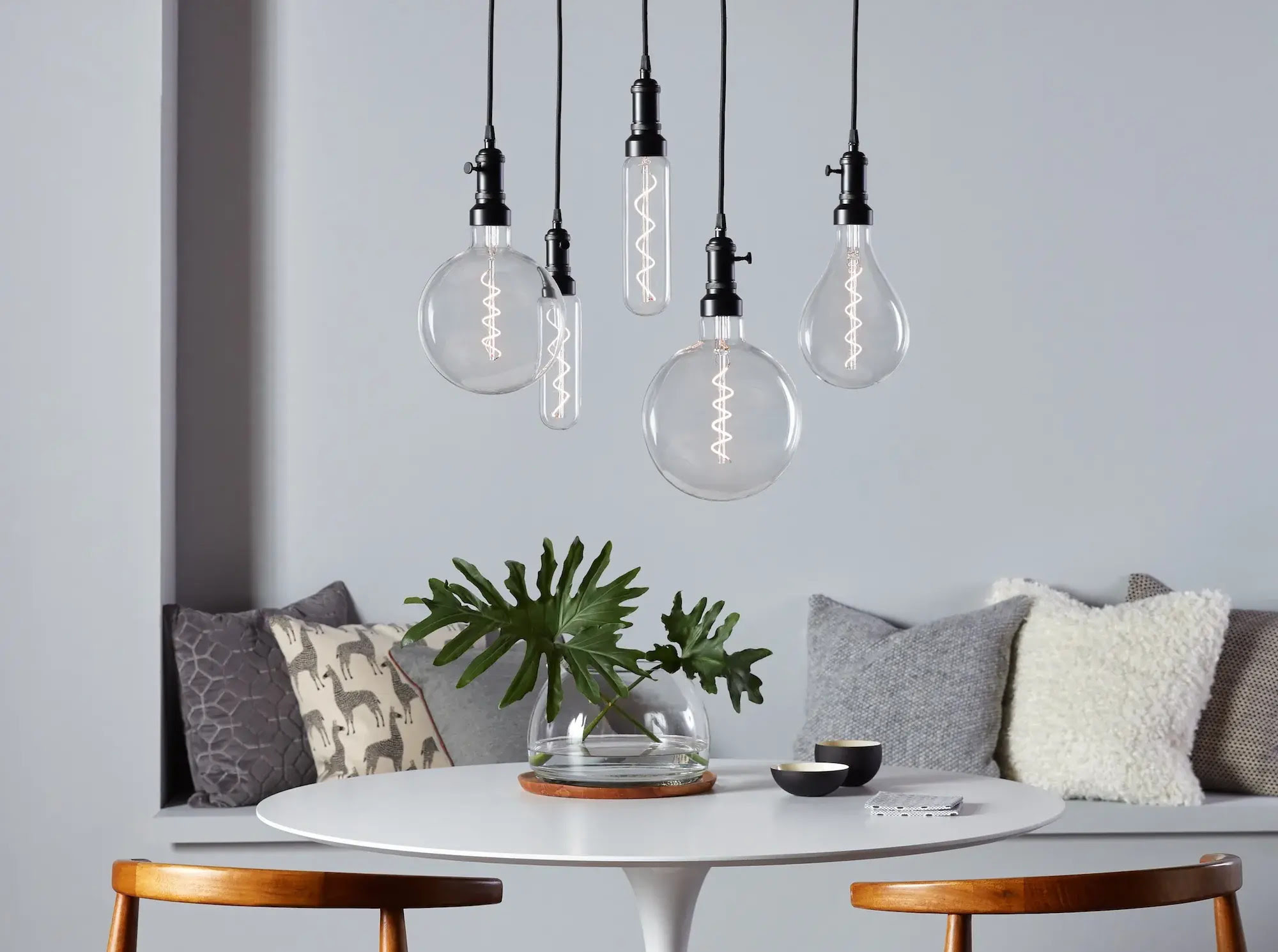
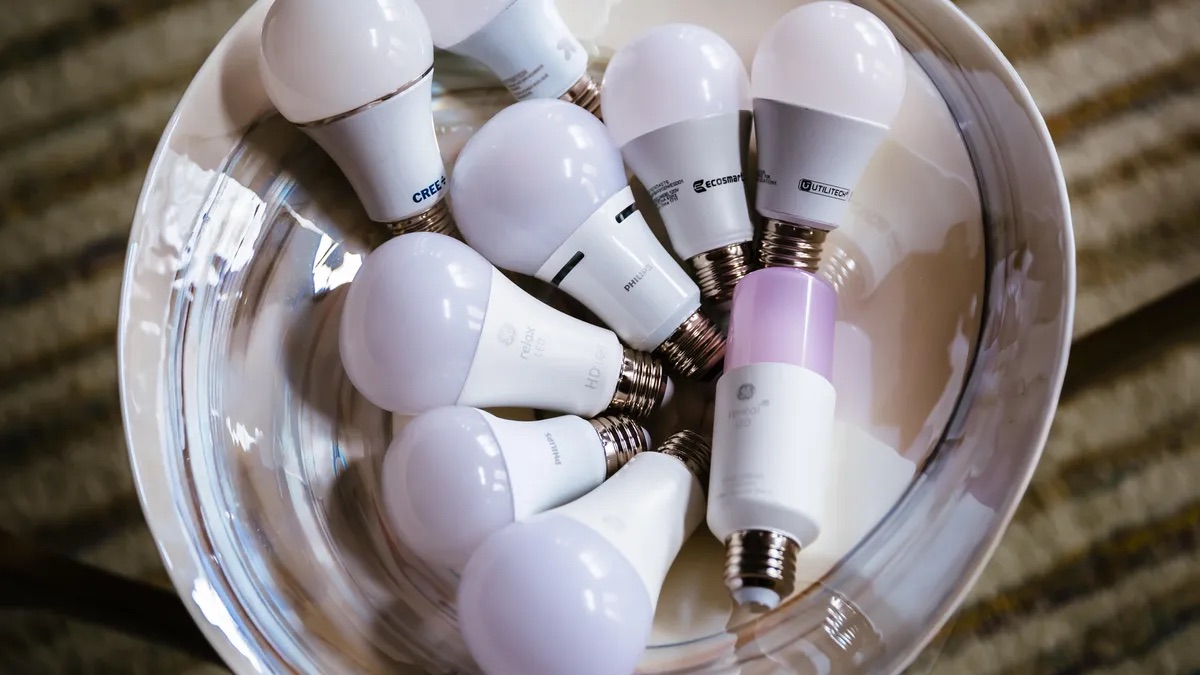
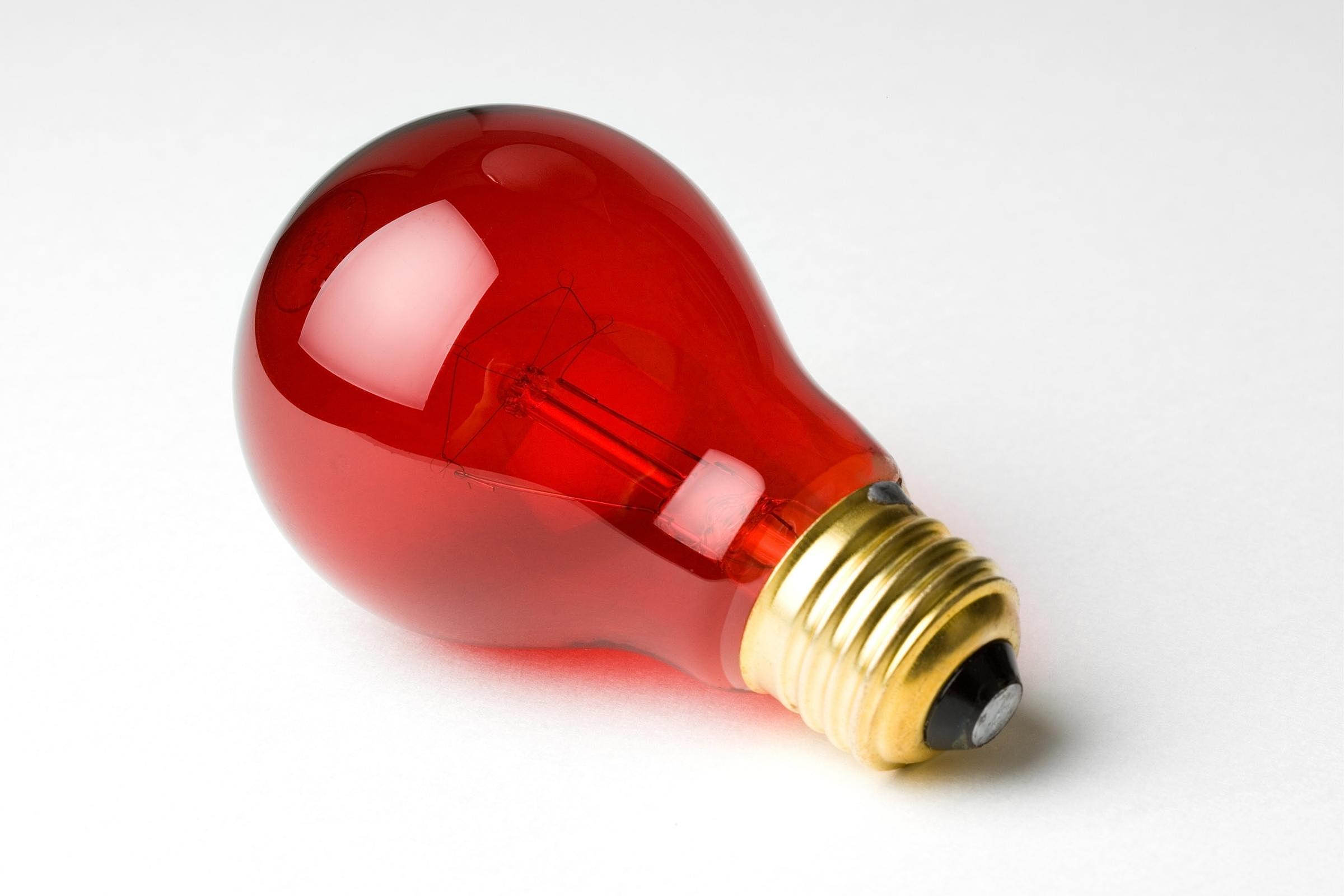
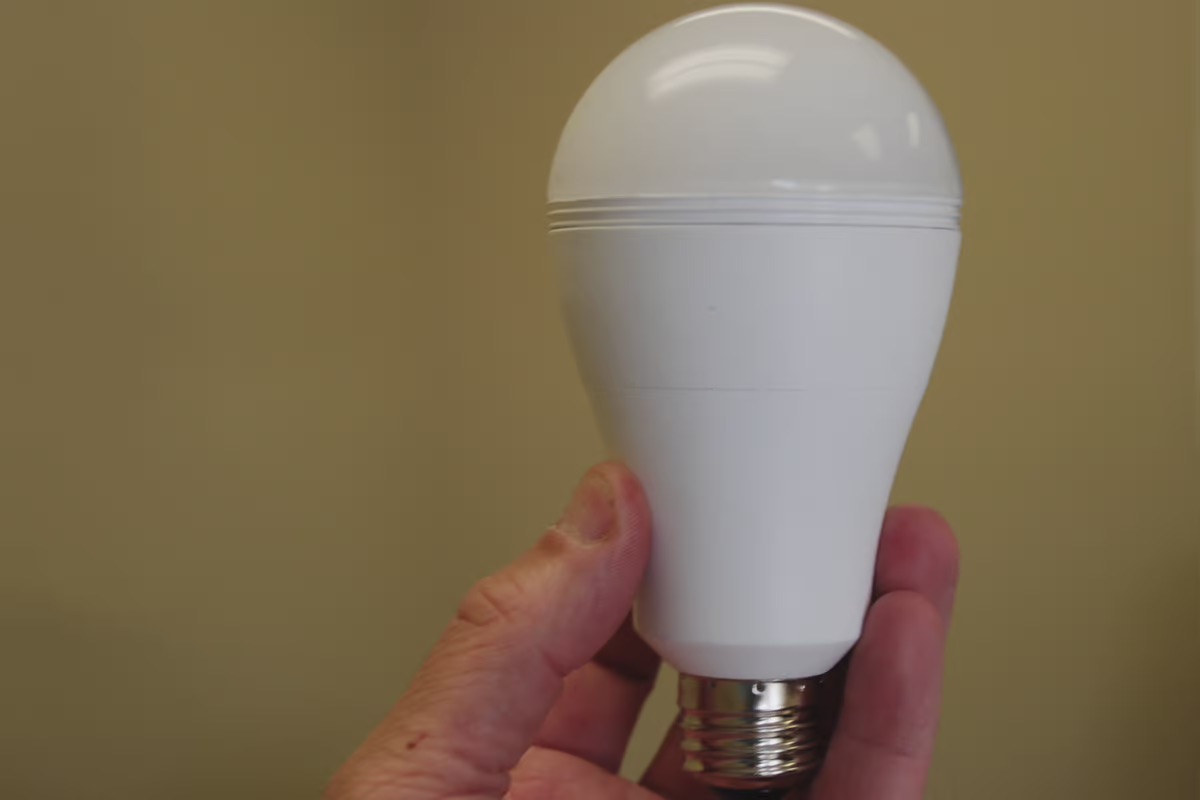

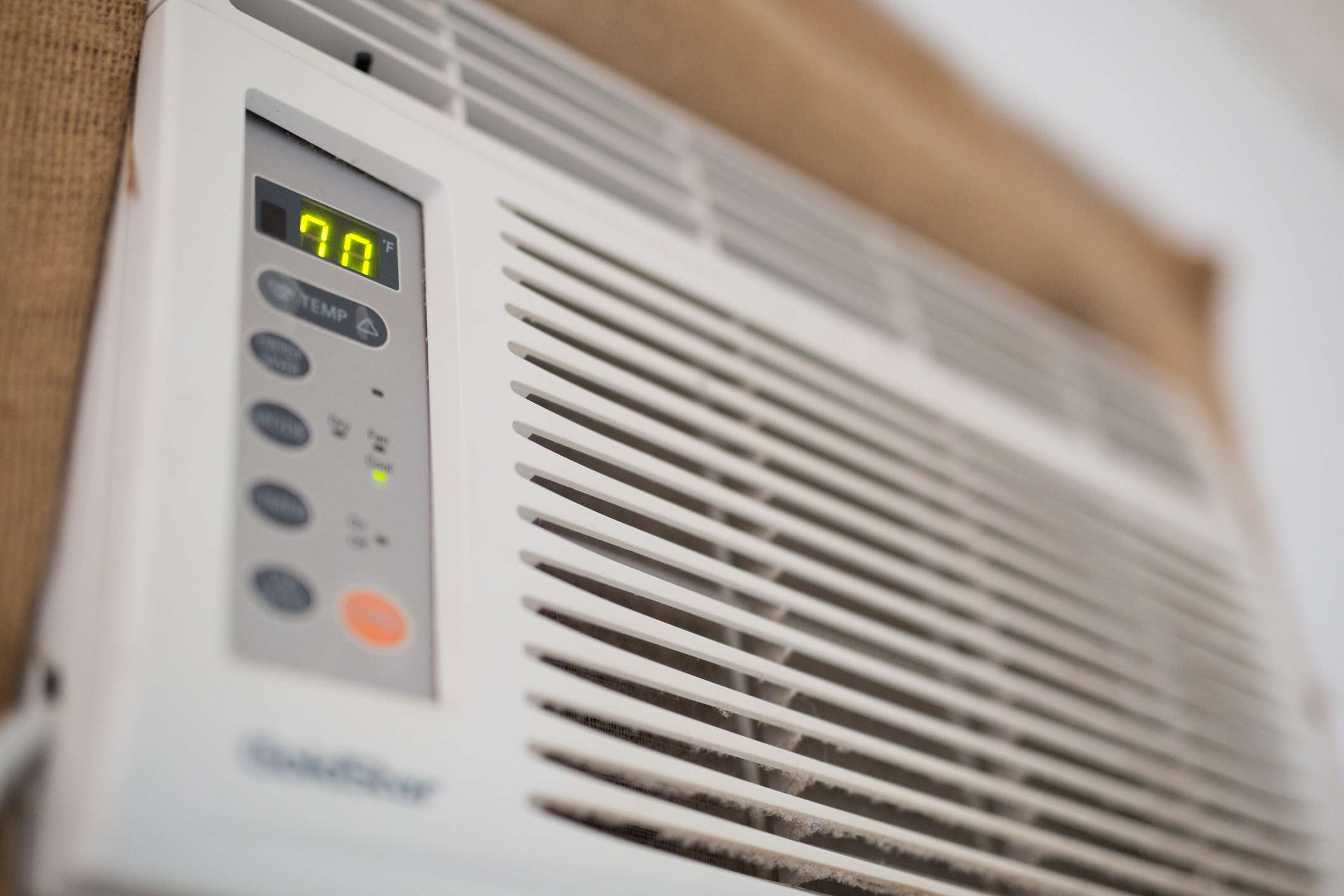



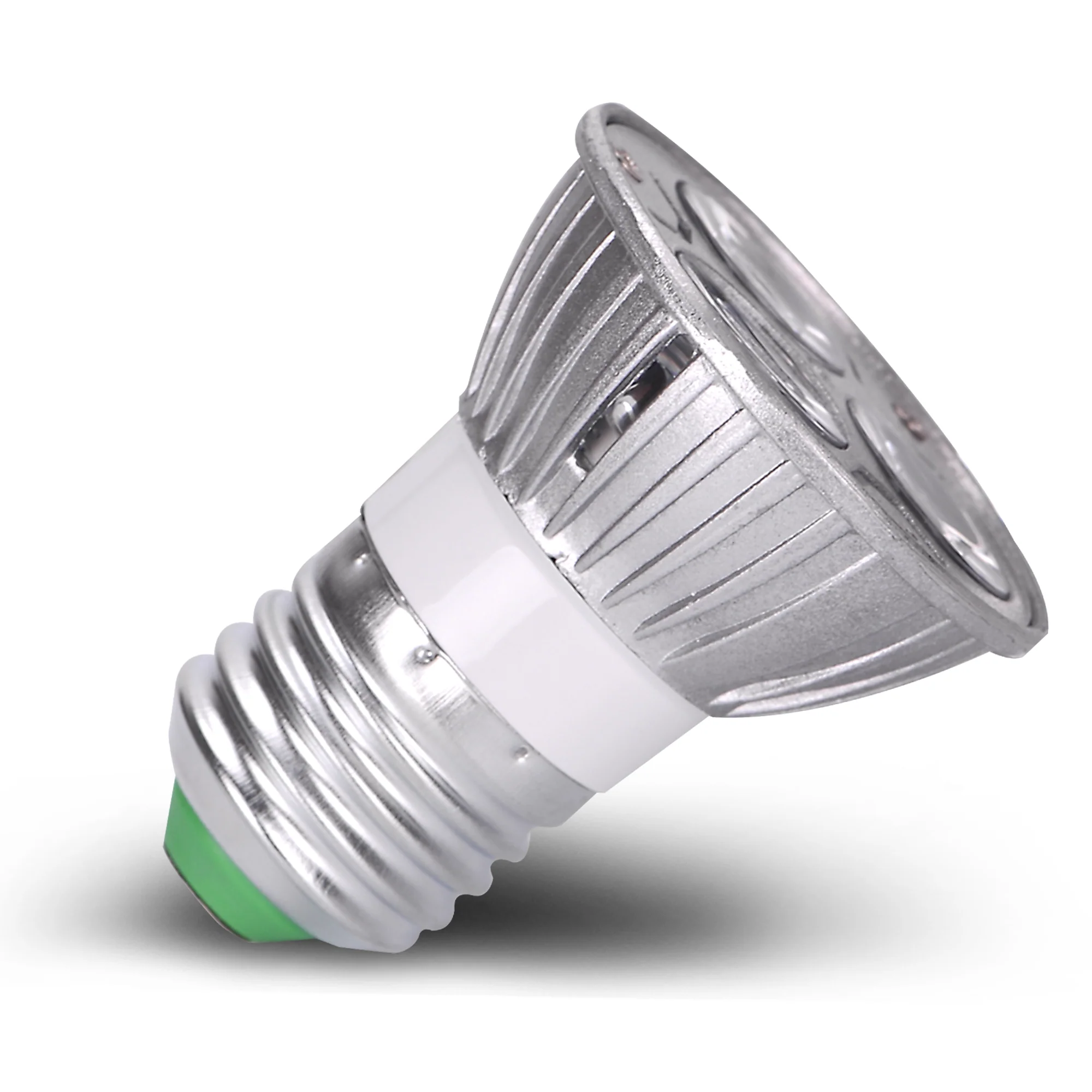

0 thoughts on “How Many Volts To Power A Light Bulb”